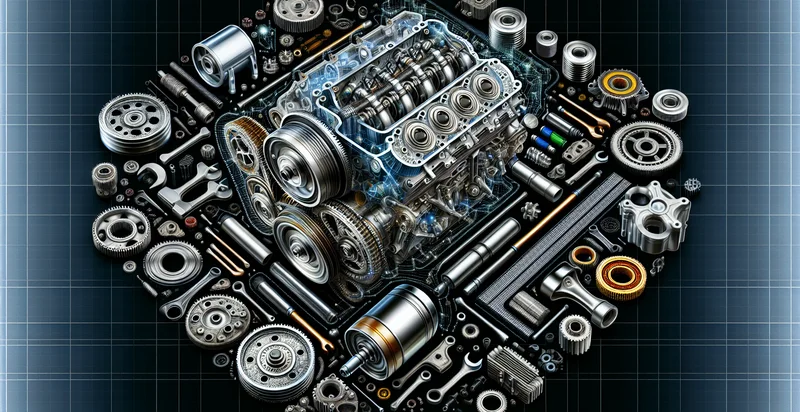Identify engine tool type
using AI
Below is a free classifier to identify engine tool type. Just upload your image, and our AI will predict what type of engine tool it is - in just seconds.

Contact us for API access
Or, use Nyckel to build highly-accurate custom classifiers in just minutes. No PhD required.
Get started
import nyckel
credentials = nyckel.Credentials("YOUR_CLIENT_ID", "YOUR_CLIENT_SECRET")
nyckel.invoke("engine-tool-type", "your_image_url", credentials)
fetch('https://www.nyckel.com/v1/functions/engine-tool-type/invoke', {
method: 'POST',
headers: {
'Authorization': 'Bearer ' + 'YOUR_BEARER_TOKEN',
'Content-Type': 'application/json',
},
body: JSON.stringify(
{"data": "your_image_url"}
)
})
.then(response => response.json())
.then(data => console.log(data));
curl -X POST \
-H "Content-Type: application/json" \
-H "Authorization: Bearer YOUR_BEARER_TOKEN" \
-d '{"data": "your_image_url"}' \
https://www.nyckel.com/v1/functions/engine-tool-type/invoke
How this classifier works
To start, upload your image. Our AI tool will then predict what type of engine tool it is.
This pretrained image model uses a Nyckel-created dataset and has 26 labels, including Battery Tester, Compression, Cutting Tool, Diagnostic, Drill, Engine Hoist, Engine Stand, Fuel Pressure Gauge, Grinder and Impact Wrench.
We'll also show a confidence score (the higher the number, the more confident the AI model is around what type of engine tool it is).
Whether you're just curious or building engine tool type detection into your application, we hope our classifier proves helpful.
Related Classifiers
Need to identify engine tool type at scale?
Get API or Zapier access to this classifier for free. It's perfect for:
- Equipment Maintenance Scheduler: This function can identify the type of engine tool, allowing maintenance teams to schedule upkeep based on specific equipment needs. By classifying tools accurately, companies can reduce downtime and improve productivity during maintenance operations.
- Inventory Management: By accurately identifying engine tool types, businesses can streamline their inventory management processes. This can lead to improved stock control, better ordering practices, and minimized surplus or shortages.
- Quality Assurance: The classification function can be integrated into a quality control system to verify that the correct engine tools are being produced or distributed. This ensures that only the appropriate tools reach customers, improving product reliability and customer satisfaction.
- Tool Usage Analytics: Companies can use the classification function to analyze the usage patterns of different engine tools. Insights gained from this analysis can inform purchasing decisions, training programs, and operational strategies aimed at optimizing tool usage.
- Automated Training for Technicians: The function can identify engine tool types during training modules for technicians, ensuring they learn about the specific tools they will be using. This aids in competency development and improves the overall skill level of the workforce.
- Customer Support Enhancement: By classifying engine tools accurately, customer support teams can quickly provide users with troubleshooting guides and manuals specific to their tools. This reduces response times and enhances the overall customer experience.
- Compliance and Safety Monitoring: The classification function can help verify that only compliant engine tool types are being used in specific settings. This aids in adhering to industry regulations and enhances workplace safety by ensuring the right tools are utilized for each application.


